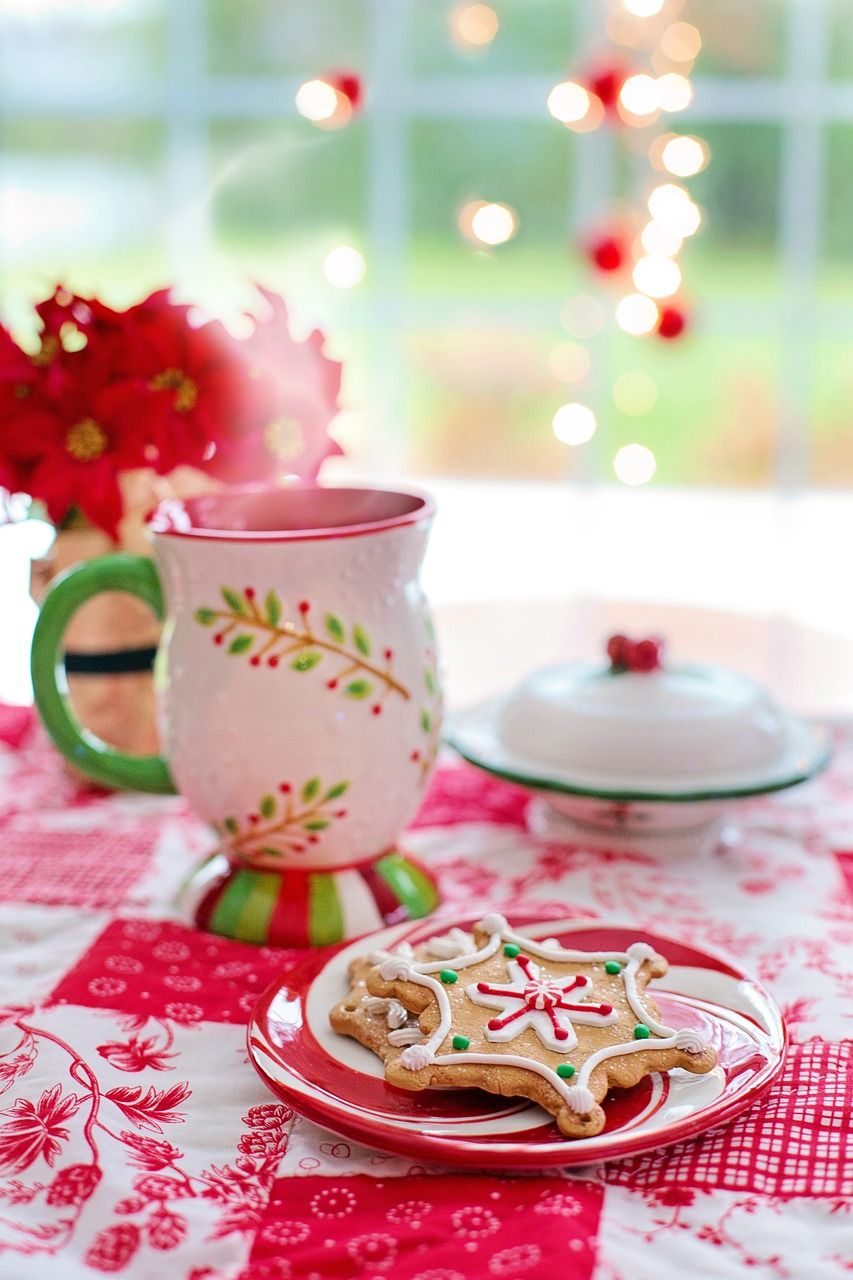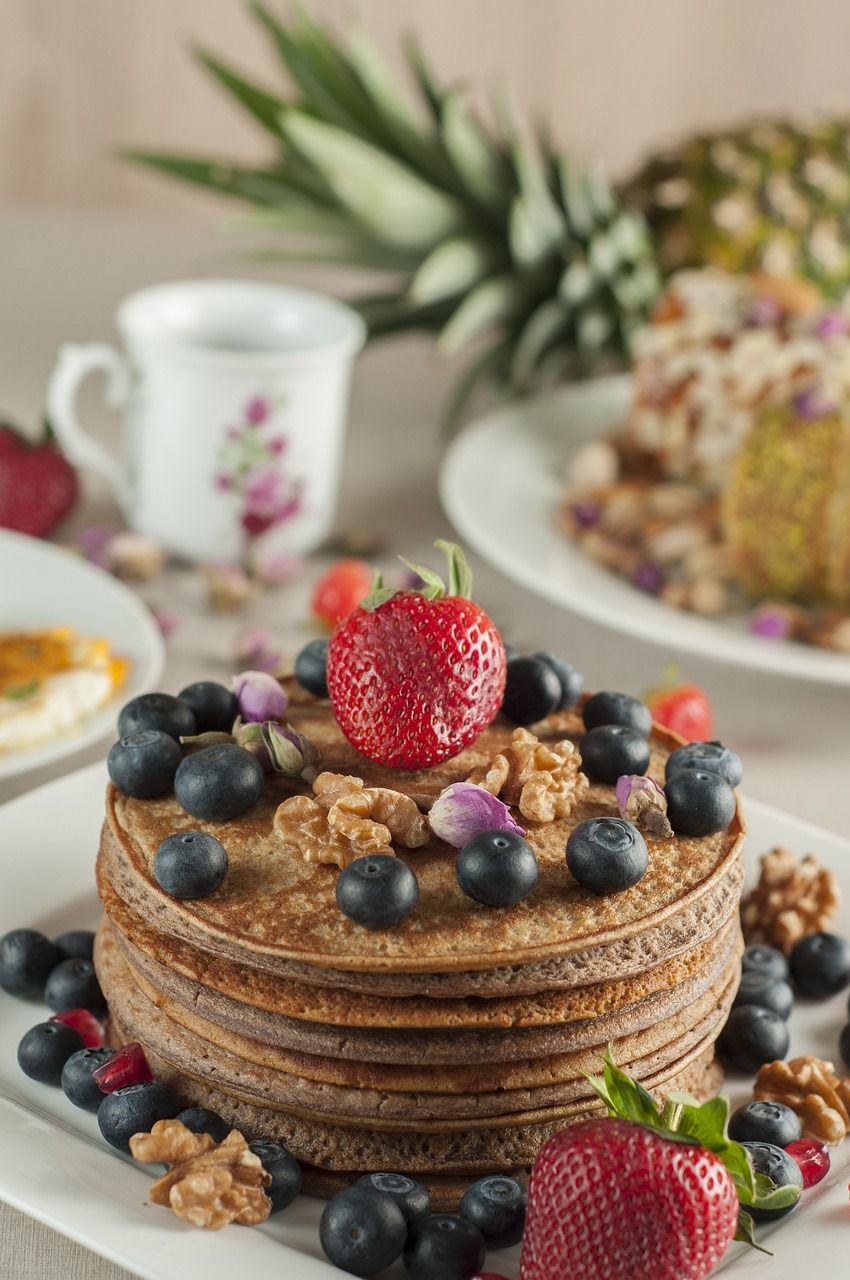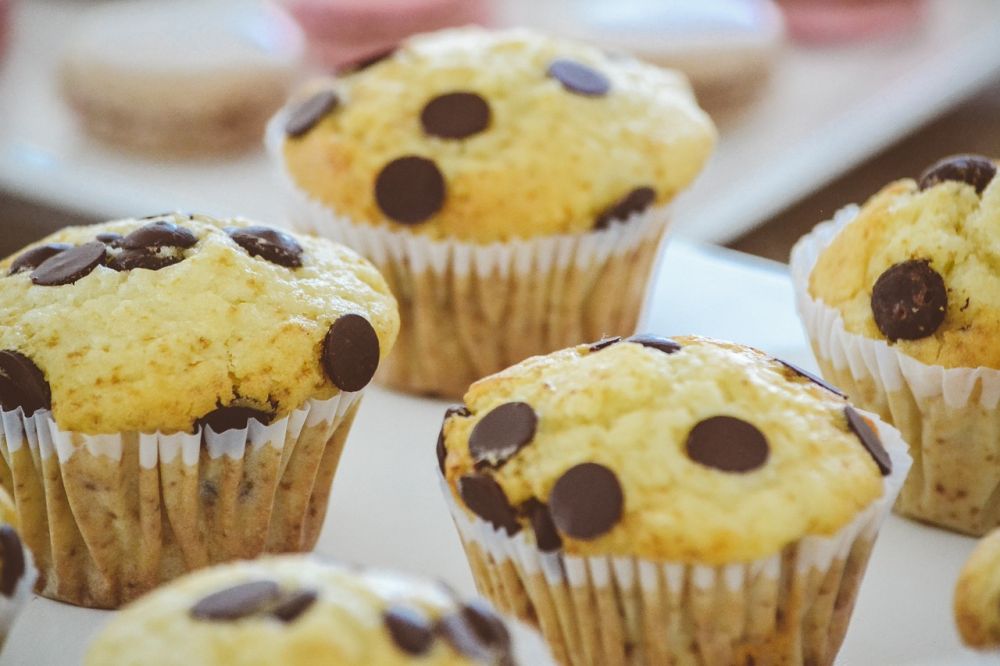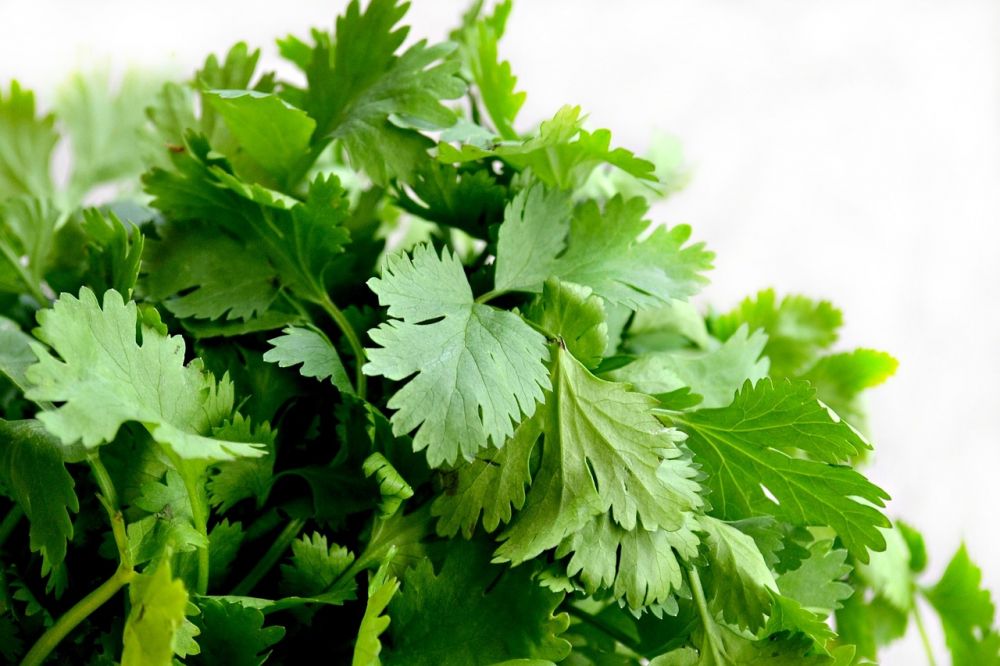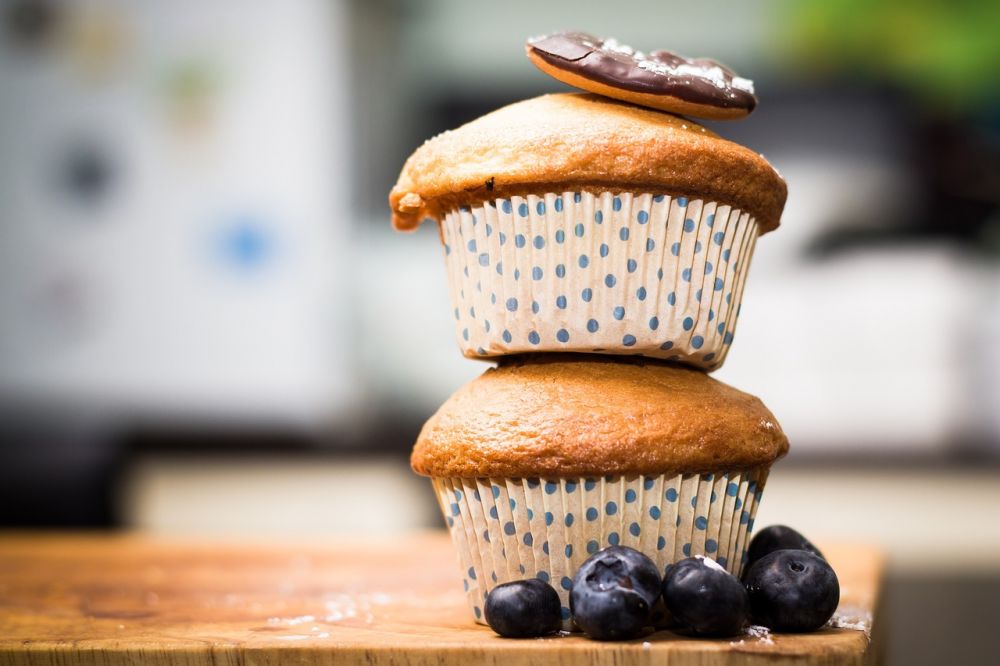Bake Horn: A Comprehensive Guide to the Popular Baking Tool
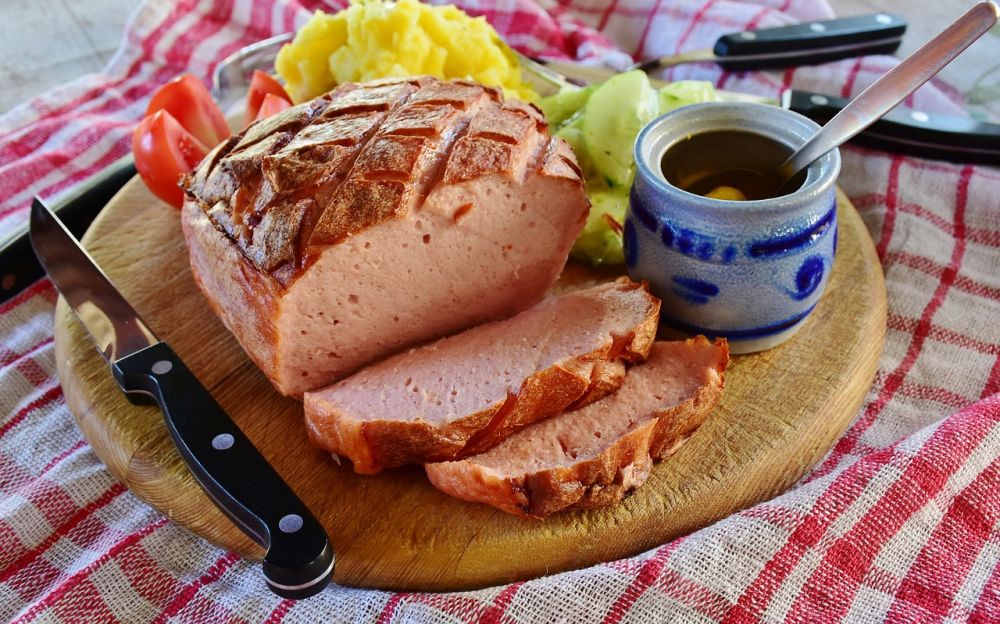
Introduction
Bake horns are versatile baking tools that have gained popularity among baking enthusiasts. With their unique shape and functionality, they offer a range of benefits that enhance the baking experience. In this article, we will provide an in-depth overview of bake horns, explore the various types available, discuss their quantitative measurements, compare the differences between different models, and examine their historical advantages and disadvantages.
1. An In-depth Overview of Bake Horns
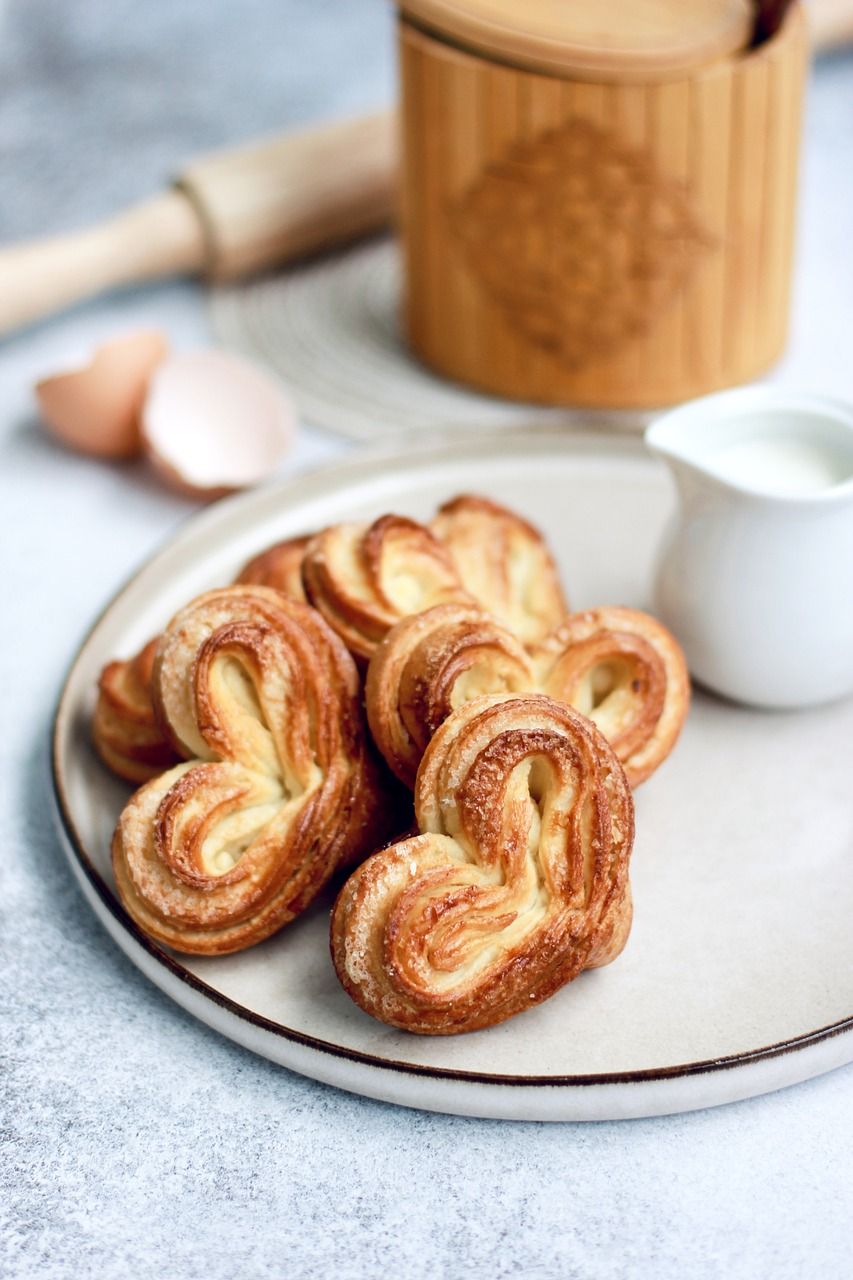
Bake horns, also known as cone molds or pastry horns, are cone-shaped baking utensils typically made of metal or silicone. They are used to shape pastries, dough, or other baking mixtures into a horn-like form, hence the name.
These bake horns come in various sizes, with the most common being small, medium, and large. They are designed to be heat-resistant and durable, ensuring they can withstand high temperatures in the oven without warping or losing shape.
2. Types and Popularity of Bake Horns
There are different types of bake horns available on the market, each with its own unique features and purposes. Some popular types include:
a) Metal Bake Horns: These are constructed from stainless steel or aluminum, making them durable and efficient conductors of heat. Metal bake horns are usually preferred by professional bakers due to their ability to create perfectly shaped and evenly baked pastries.
b) Silicone Bake Horns: Silicone bake horns offer flexibility and ease of use. They are non-stick and produce similar results to metal bake horns. Silicone options are great for home bakers and beginners, as they are more forgiving in terms of temperature control and releasing the baked goods.
c) Decorative Bake Horns: These are specialty bake horns that are designed with intricate patterns or designs on the exterior. They add an aesthetic element to the baked goods, making them visually appealing. Decorative bake horns are perfect for special occasions or when you want to impress guests with beautifully crafted treats.
3. Quantitative Measurements of Bake Horns
When it comes to bake horns, there are a few quantitative measurements that are worth considering:
a) Length and Diameter: Bake horns vary in length and diameter, with options ranging from small, narrow horns to larger, wider ones. The length and diameter will determine the final size and shape of the baked goods. It’s important to choose the right size based on the specific recipe and desired outcome.
b) Heat Resistance: The heat resistance of a bake horn is a crucial factor to consider to ensure it can withstand the high temperatures of an oven without deformation. Professional-grade metal bake horns tend to have higher heat resistance compared to silicone options.
4. Differences Between Bake Horns
Different bake horns may have distinct features that set them apart from one another. These features can include:
a) Design: Some bake horns have straight sides, while others may have fluted or ridged patterns on the surface. The design can impact the final presentation of the baked goods.
b) Material: Metal bake horns conduct heat more efficiently, resulting in a faster and more even bake. Silicone options, on the other hand, offer flexibility and easy release.
c) Detachable or Non-Detachable: Some bake horns come with detachable bottoms, making it easier to remove the baked treats without damaging them. This feature allows for easy cleaning as well.
5. Historical Advantages and Disadvantages of Bake Horns
Throughout history, bake horns have been used for various baking purposes. Advantages of using bake horns include:
a) Even Baking: Bake horns ensure even heat distribution, resulting in consistent baking throughout the pastry or dough.
b) Retaining Shape: The cone shape of bake horns helps the pastries maintain their shape during baking, creating uniform and visually appealing treats.
c) Versatility: Bake horns can be used for a variety of recipes, from cream horns to savory filled horns, allowing for endless creativity in the kitchen.
However, one disadvantage of bake horns is the potential difficulty in filling the narrow cavity, particularly with cream or custard fillings. It requires precision and the use of specialized piping bags or tools.
Conclusion
Bake horns are a valuable tool for any baking enthusiast. Their unique shape and design provide excellent heat distribution and create beautifully shaped pastries. Whether you prefer metal or silicone, decorative or plain, bake horns offer a range of options to suit different baking needs. By understanding the various types, measurements, and historical advantages and disadvantages, you can make informed decisions when choosing and using bake horns in your baking adventures.

